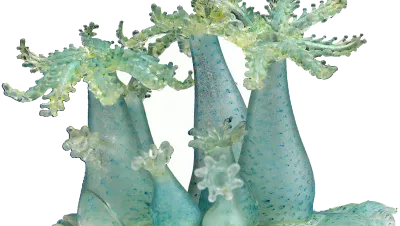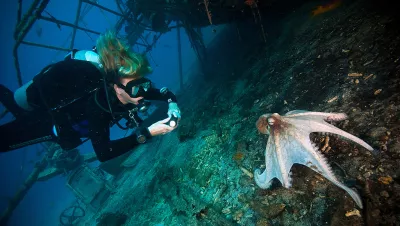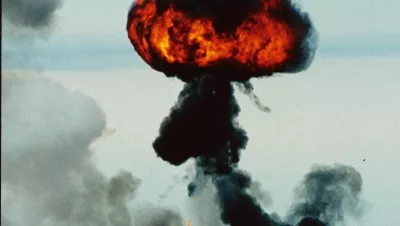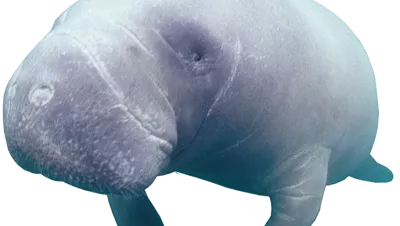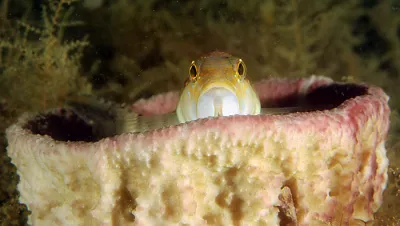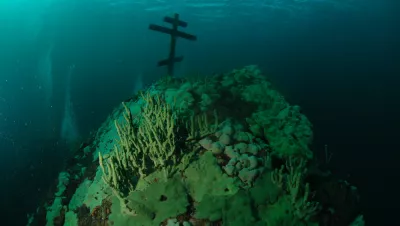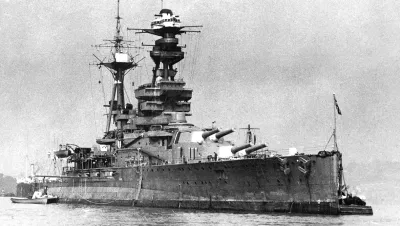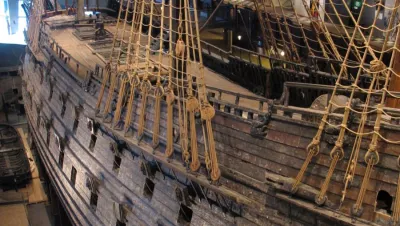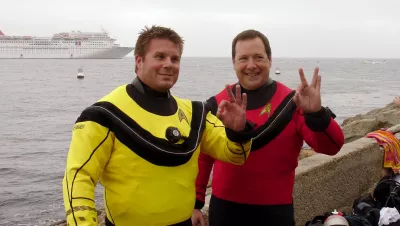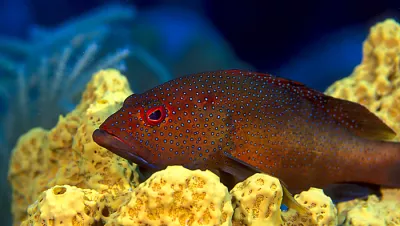This summer, Harvard Museum of Comparative Zoology in Cambridge, Massachusetts, USA, is mounting an exhibit of glass models of marine invertebrates made by the 17th century German master glassblowers, Leopold and Rudolf Blaschka of Dresden. Professor James Hanken is an evolutionary biologist and the director of the museum. He talked to X-RAY MAG about the exhibit and the Blaschka glass works.
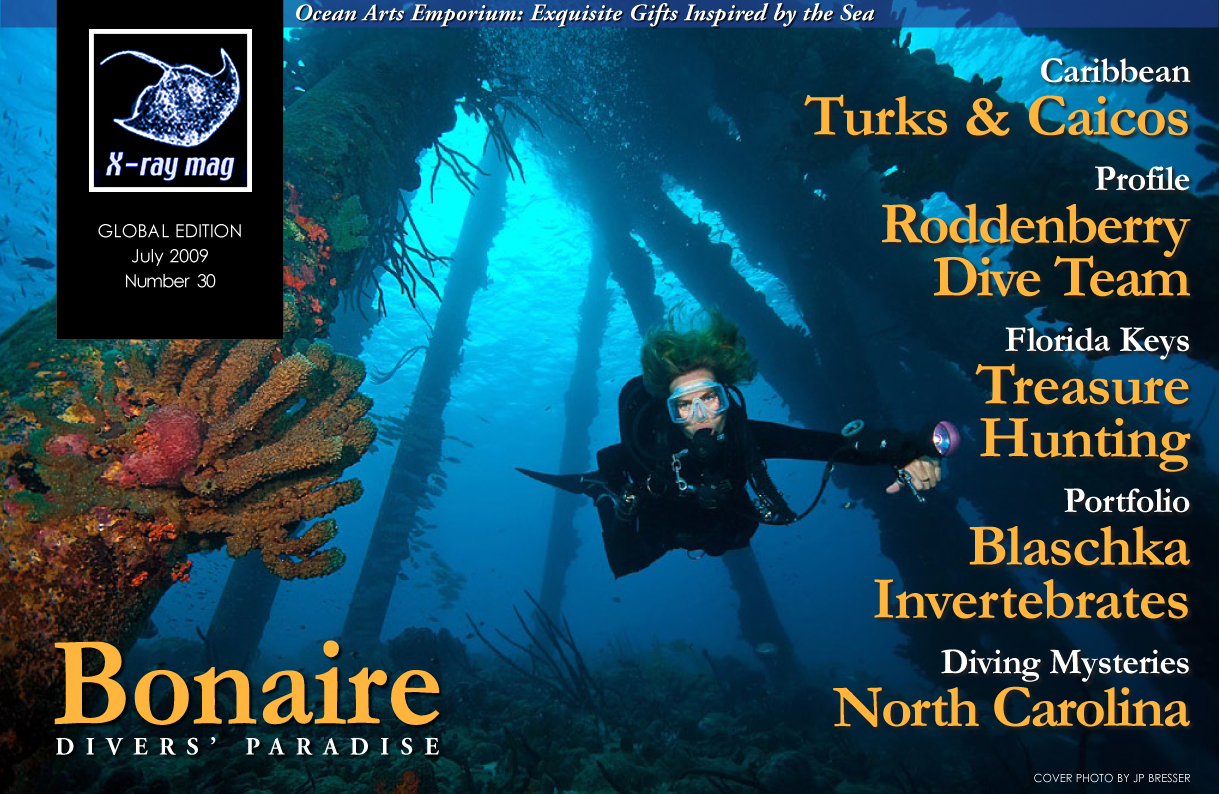
- Log in to post comments

